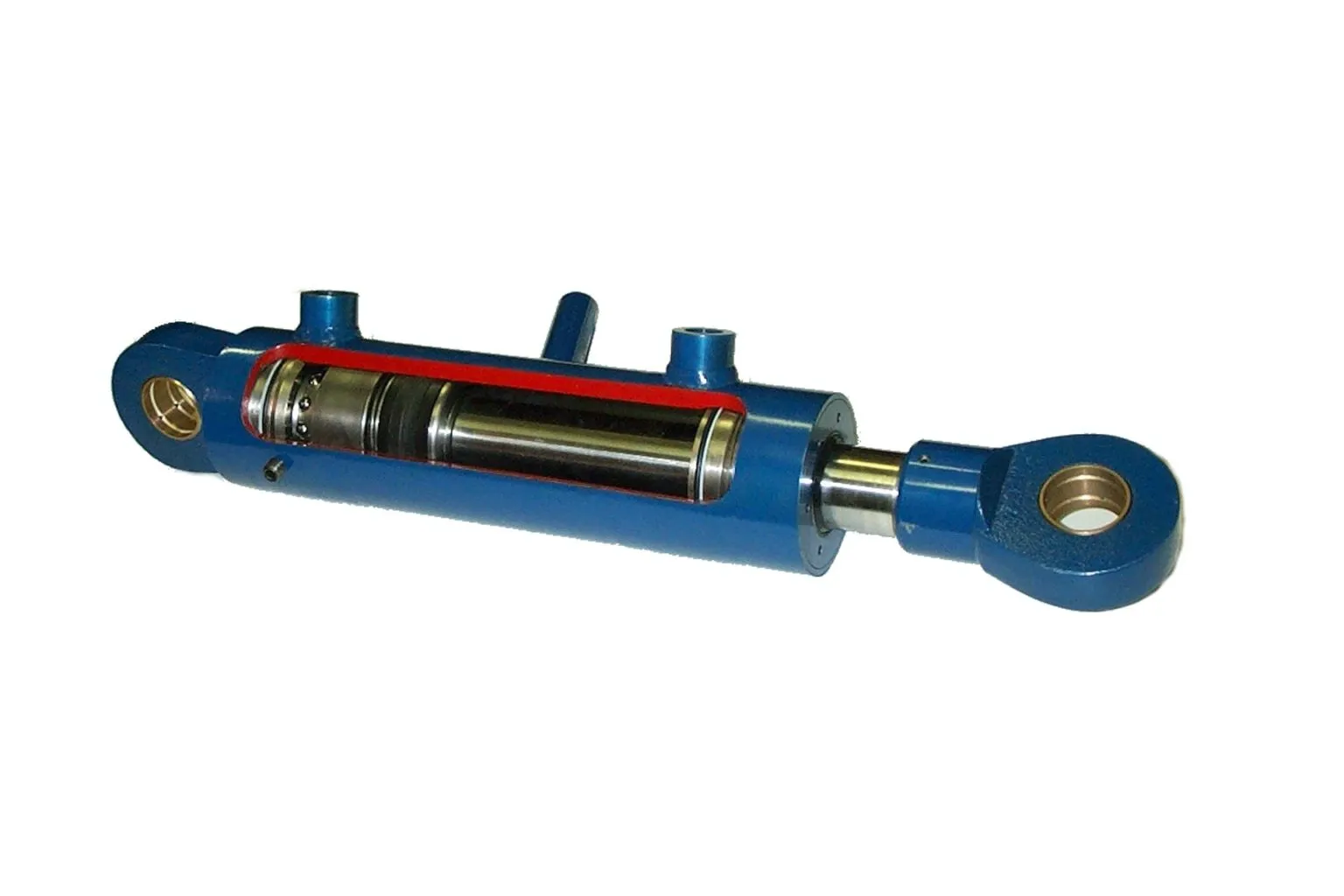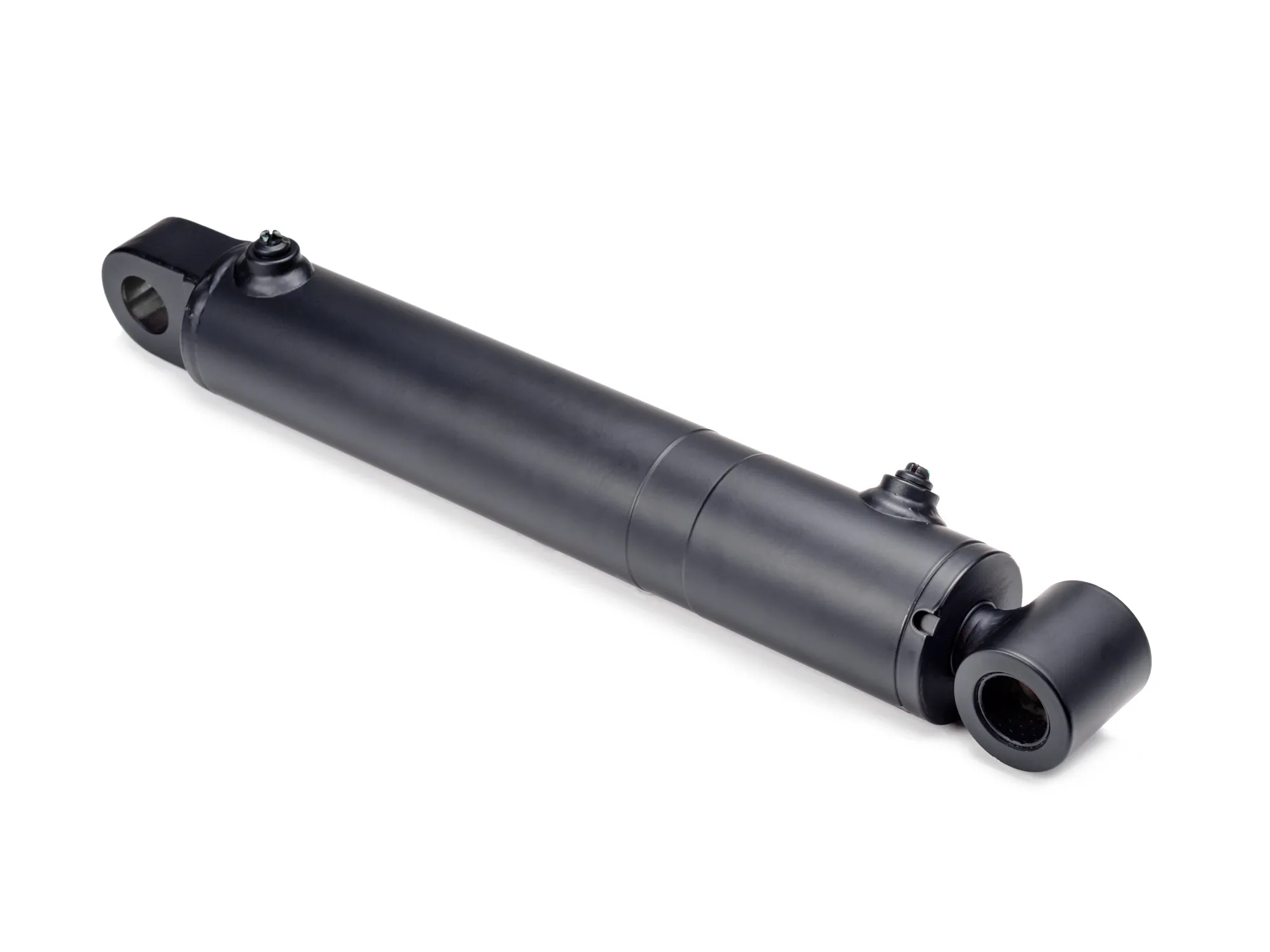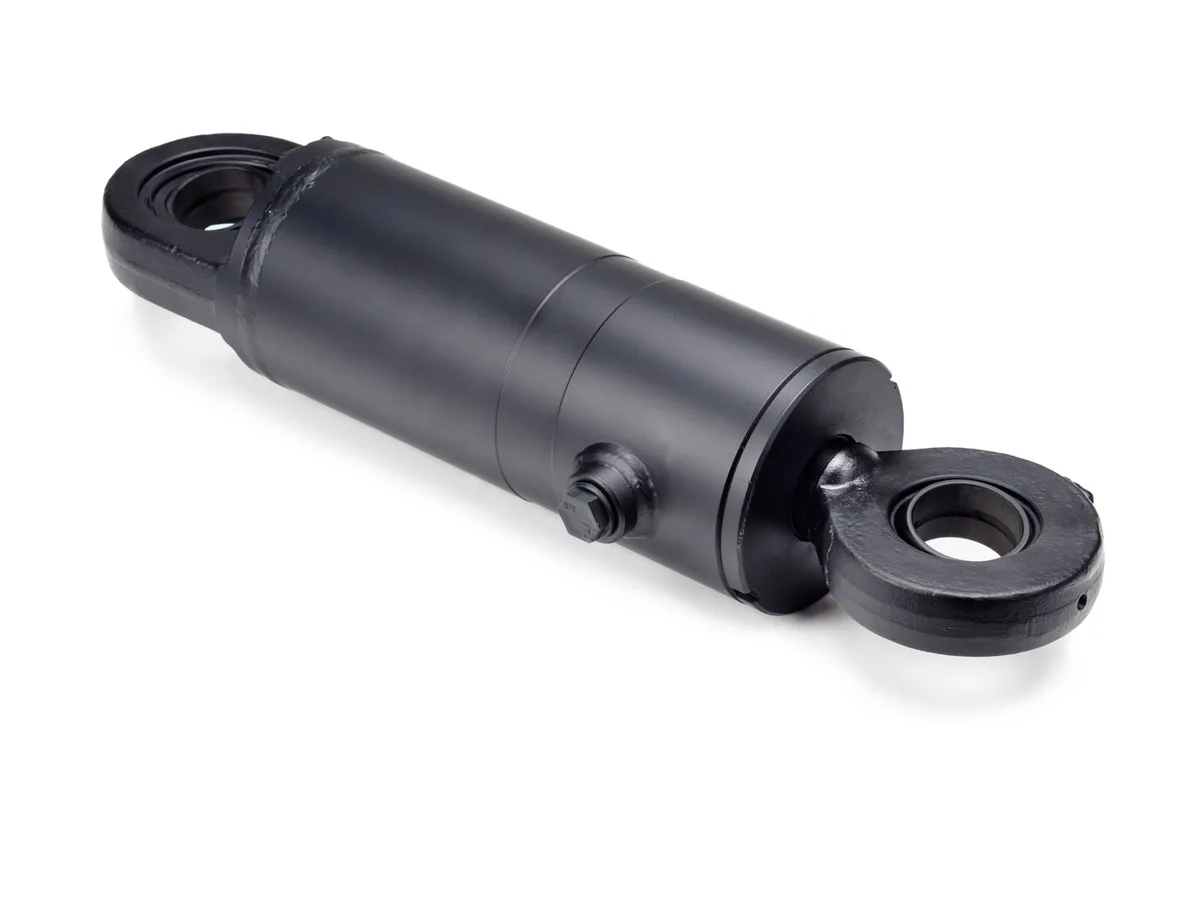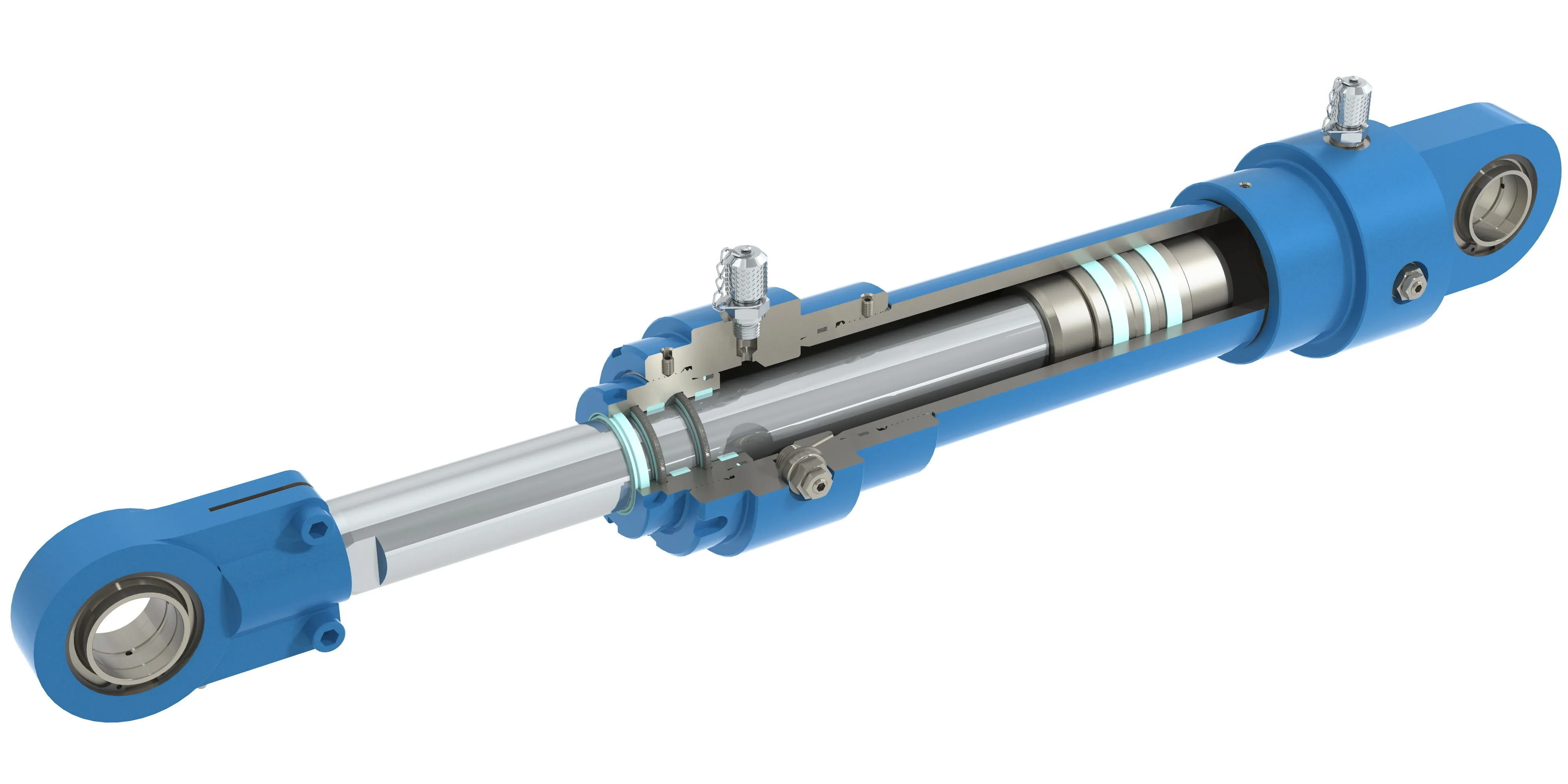The Role of High-Pressure Welded Hydraulic Cylinders in Automation Sectors
High-pressure welded hydraulic cylinders play a crucial role in the automation industry, providing the necessary force and motion for various applications. These cylinders are designed to withstand high pressures and deliver precise movements, making them essential components in hydraulic systems.
Design and Construction Characteristics
When it comes to the design and construction of high-pressure welded hydraulic cylinders, several key factors come into play:
Materials
High-strength steel and aluminum are commonly used materials to ensure durability and wear resistance, allowing the cylinders to perform reliably in demanding environments.
Welded Process
Advanced welding technologies such as MIG and TIG welding are utilized to enhance the integrity of the cylinder, eliminating weaknesses found in traditional designs and ensuring a strong, leak-free construction.
Design Features
Integrated end covers, optimized piston designs, and efficient sealing arrangements contribute to the overall performance of high-pressure welded hydraulic cylinders, providing enhanced functionality and reliability.
Working Principle
The working principle of high-pressure welded hydraulic cylinders involves the transfer of force through a liquid medium, driving piston movement to perform various workloads. A sophisticated sealing system ensures pressure containment and controlled release for smooth operation.
Types and Configurations
There are three main types of high-pressure welded hydraulic cylinders available, each offering unique features and benefits for specific applications. These variations cater to diverse industry needs and operational requirements.
Top Five Advantages
High pressure welded hydraulic cylinders offer several advantages, including:
Strength vs. Reliability
The welded construction increases strength and allows for higher pressure ratings, ensuring reliable performance in challenging conditions.
Compact Design
Compared to tie rod designs, welded cylinders have a more space-saving layout, making them ideal for applications with limited space constraints.
Maintenance Benefits
Reduced moving parts result in lower maintenance needs, saving time and resources while improving operational efficiency.
Performance Characteristics
High-pressure welded hydraulic cylinders exhibit high strength, durability, and pressure capacity, making them suitable for a wide range of industrial applications.
Flexible Application
These cylinders can be used in various industries, including construction, agriculture, and manufacturing, showcasing their versatility and adaptability.
Industries Using High-Pressure Welded Hydraulic Cylinders
High pressure welded hydraulic cylinders find applications in industries such as:
- Construction: Excavators, bulldozers, cranes
- Agriculture: Tractors, harvesters
- Manufacturing: Printing presses, robots, assembly lines
Design Considerations and Selection Criteria
When selecting high-pressure welded hydraulic cylinders, factors like bearing capacity, sealing, durability, safety, and maintainability should be carefully considered to ensure optimal performance and longevity.
Sealing and Lubrication
Proper sealing and lubrication are vital for the efficient operation of high-pressure welded hydraulic cylinders. Utilizing wear-resistant seals and regular lubrication maintenance can prevent premature wear and ensure continuous performance.

Regular Inspection and Maintenance
Regular inspection and preventive maintenance measures are essential to prolong the lifespan of high-pressure welded hydraulic cylinders. By adhering to a maintenance schedule, potential issues can be identified and addressed promptly.
Installation Guide
Correct installation of high-pressure welded hydraulic cylinders is crucial for optimal performance and safety. Following manufacturer guidelines and best practices can help ensure a successful installation process.
Maintenance Tasks
Common maintenance tasks for high-pressure welded hydraulic cylinders include regular inspection, proper lubrication, seal replacement, and calibration checks. By addressing these tasks proactively, potential problems can be minimized, and the cylinders can operate efficiently.
Safety Considerations
Safety measures must be observed when handling high-pressure welded hydraulic cylinders to prevent accidents and ensure operator protection. Following safety guidelines and using appropriate equipment is essential for safe operation.

Fault Diagnosis and Common Problems
Identifying faults and common issues with high-pressure welded hydraulic cylinders is crucial for timely maintenance and repairs. By understanding common problems and troubleshooting techniques, users can maintain the cylinders’ performance.
FAQs
How do high-pressure welded hydraulic cylinders differ from traditional hydraulic cylinders?
High-pressure welded cylinders offer increased strength and durability due to their welded construction, allowing for higher pressure ratings and compact designs.
What materials are commonly used in the construction of these cylinders?
High-strength steel and aluminum are popular materials used in high-pressure welded hydraulic cylinders to ensure structural stability and wear resistance.
What advantages do high-pressure welded cylinders offer in terms of strength and durability?

High-pressure welded cylinders provide enhanced strength and reliability, making them suitable for demanding applications that require high pressure capacities.

Long Tail Keywords
Three long tail keywords related to high-pressure welded hydraulic cylinders include:
- High-pressure welded hydraulic cylinder design
- Benefits of using high-pressure welded hydraulic cylinders
- Maintenance tips for high-pressure welded hydraulic cylinders
Our Company
As a leading hydraulic cylinder replacement manufacturer, we offer a comprehensive product line and customized services to meet the needs of our domestic and international clients. With a focus on quality, professionalism, and customer satisfaction, we have established ourselves as a trusted provider in the hydraulic industry.
